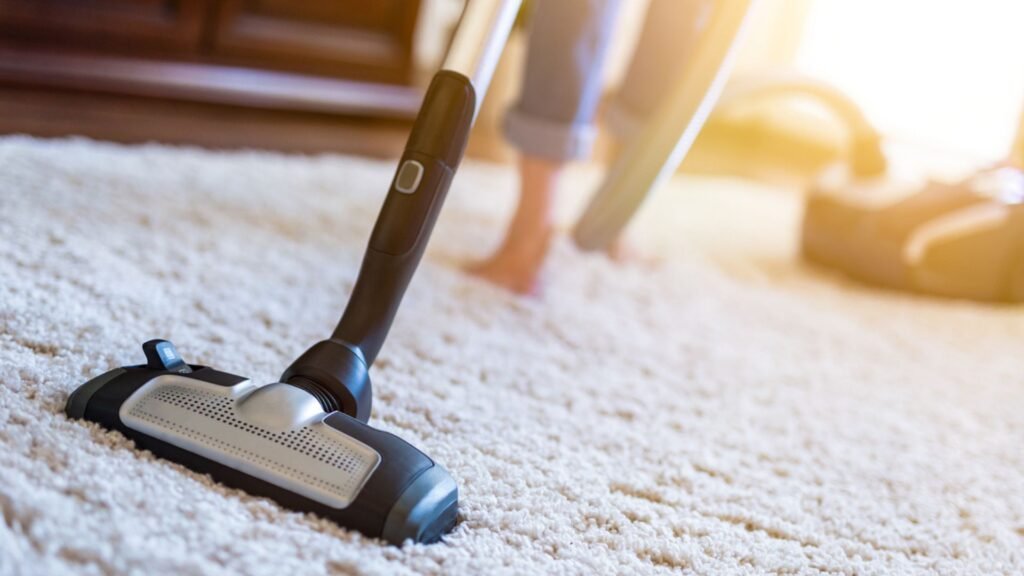Creating an asthma-friendly home environment is crucial for managing asthma and reducing the frequency of asthma attacks. A well-maintained and clean living space can help minimize exposure to common asthma triggers such as dust, mold, and pet dander. This guide provides practical tips for making your home a safer place for those with asthma.

Maintain Clean Air
Use Air Purifiers: Air purifiers with HEPA filters can effectively remove airborne allergens and irritants. Place air purifiers in commonly used rooms such as the bedroom and living area. Regularly replace filters as per the manufacturer’s instructions to ensure optimal performance.
Keep Windows Closed: On high pollen days or when air quality is poor, keep windows closed to prevent outdoor allergens from entering your home. Use air conditioning with a clean filter to help regulate indoor air quality.
Control Humidity: High humidity can encourage mold growth and dust mites. Use a dehumidifier to maintain indoor humidity levels between 30-50%. Regularly check for signs of mold and address any moisture problems promptly.
Reduce Dust and Allergens
Clean Regularly: Dust and vacuum your home regularly to reduce allergens. Use a vacuum cleaner with a HEPA filter to capture fine dust particles. Wash bedding, curtains, and upholstery frequently in hot water to remove dust mites.
Use Dust-Resistant Materials: Opt for hard flooring instead of carpets, as carpets can trap dust and allergens. If you have carpets, choose low-pile varieties and vacuum them regularly. Consider using washable area rugs that can be cleaned easily.
Minimize Clutter: Reduce clutter in your home to minimize surfaces where dust can accumulate. Keep shelves, tables, and other surfaces organized and free of unnecessary items.
Manage Pet Dander
Choose Hypoallergenic Pets: If you have pets, choose hypoallergenic breeds that produce fewer allergens. Regularly groom pets to reduce dander, and keep them out of bedrooms and upholstered furniture.
Clean Pet Areas: Create designated areas for your pets, such as beds or crates, and clean these areas frequently. Wash pet bedding and toys regularly to minimize allergens.
Avoid Smoking: Never smoke indoors. Tobacco smoke is a potent asthma trigger and can significantly worsen asthma symptoms. Ensure that all household members and visitors adhere to a strict no-smoking policy within the home.
Address Mold and Moisture
Fix Leaks Promptly: Leaky pipes, roofs, and windows can lead to mold growth. Address any leaks or water damage promptly to prevent mold from developing. Use fans and dehumidifiers to dry out affected areas.
Clean Mold Safely: If you find mold in your home, clean it promptly using a mixture of water and detergent. For larger mold problems, consider hiring a professional mold remediation service. Ensure that the area is well-ventilated during and after cleaning.
Ventilate Bathrooms and Kitchens: Use exhaust fans or open windows while cooking or showering to reduce moisture buildup. Regularly clean these areas to prevent mold growth and maintain good air quality.
Optimize Ventilation
Ensure Proper Ventilation: Proper ventilation is essential for reducing indoor air pollution. Open windows when weather permits to allow fresh air to circulate. Use kitchen and bathroom exhaust fans to help remove moisture and odors.
Check HVAC Systems: Regularly service your heating, ventilation, and air conditioning (HVAC) systems to ensure they are functioning correctly. Replace filters as recommended and consider having the ducts cleaned if you notice dust buildup.
Use Non-Toxic Products
Choose Low-VOC Paints: Volatile organic compounds (VOCs) in paints and cleaning products can irritate the airways. Opt for low-VOC or VOC-free paints and cleaning products to reduce indoor air pollution.
Avoid Strong Fragrances: Strong fragrances from air fresheners, candles, and cleaning products can trigger asthma symptoms. Use fragrance-free products and opt for natural alternatives when possible.
Select Hypoallergenic Bedding: Use hypoallergenic pillowcases and mattress covers to reduce exposure to dust mites. Wash bedding regularly in hot water to kill dust mites and remove allergens.
Educate and Involve the Family
Inform Family Members: Ensure that all family members are aware of asthma triggers and the steps needed to maintain an asthma-friendly environment. Encourage them to follow practices that support a clean and healthy home.
Create an Asthma Action Plan: Work with your healthcare provider to develop an asthma action plan that includes steps for managing symptoms and identifying triggers. Share this plan with family members so they can support you in managing your asthma effectively.
Conclusion
Creating an asthma-friendly home environment involves making thoughtful changes to reduce allergens, improve air quality, and maintain a clean and healthy living space. By following these tips, you can create a safer home for individuals with asthma and reduce the risk of asthma attacks. Regular maintenance and proactive measures can help ensure that your home remains a comfortable and supportive environment for managing asthma.



